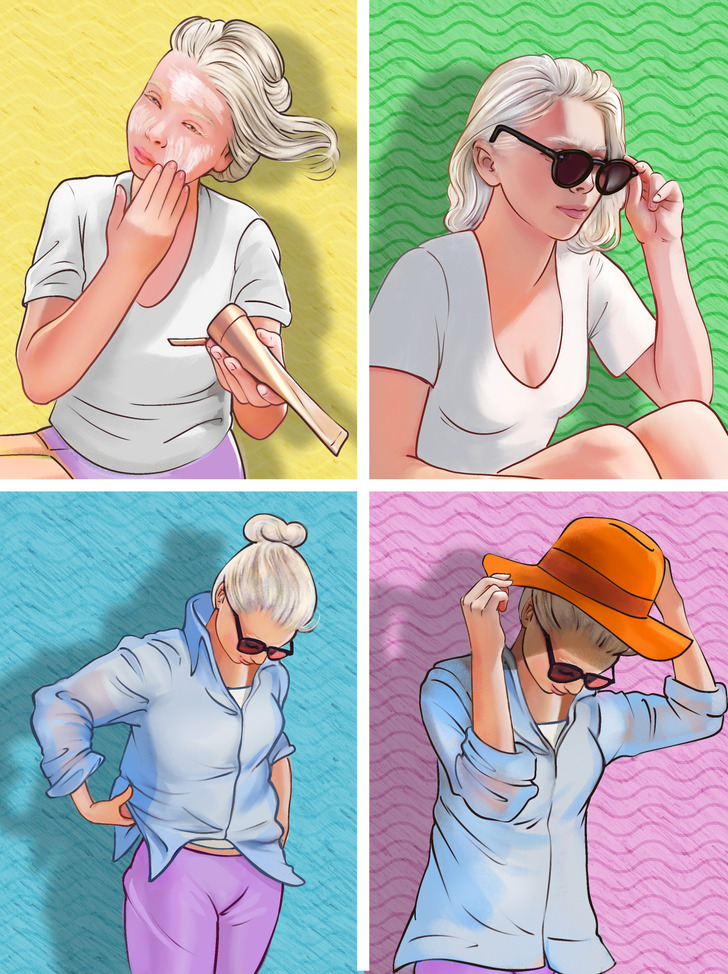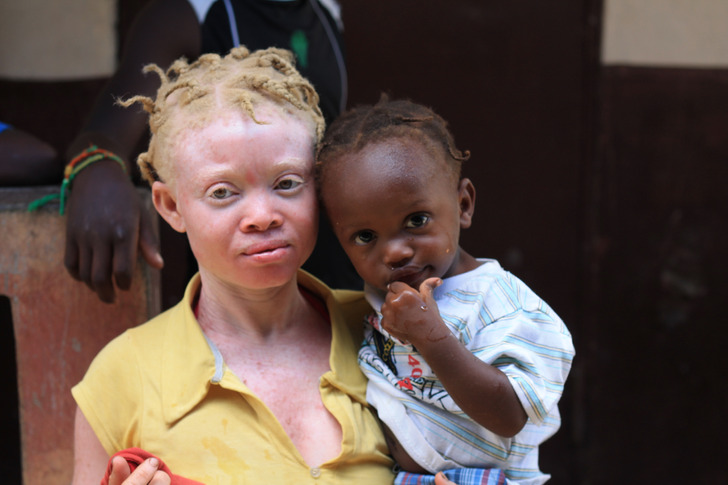Why Some People Are Albino, and How They Have to Deal With It
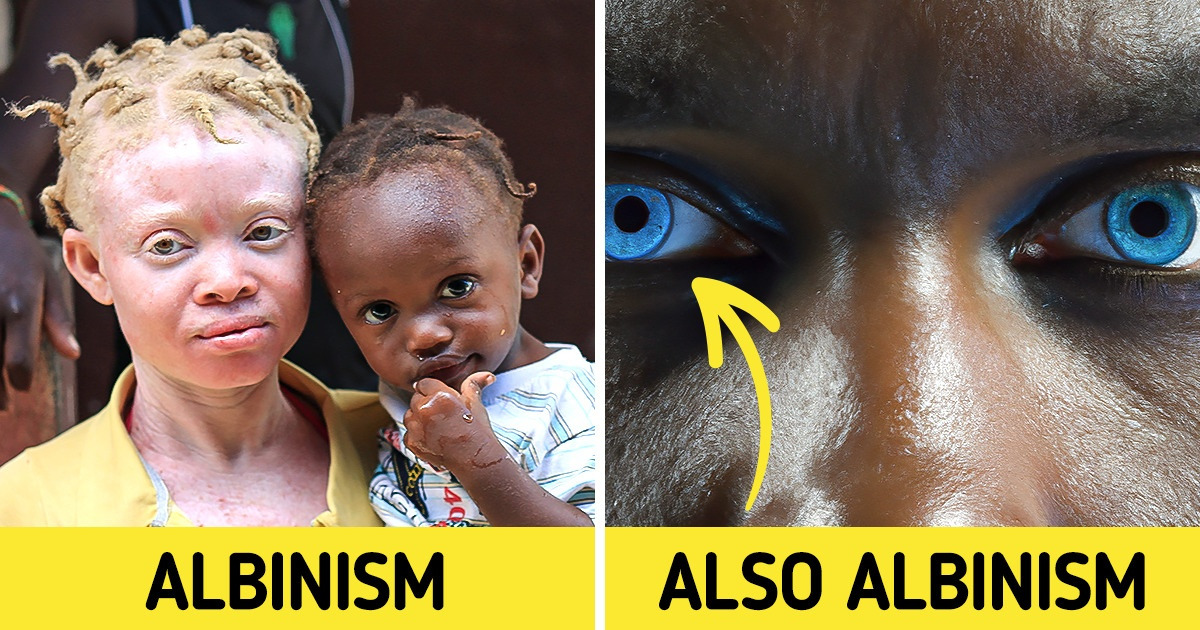
What albinism is
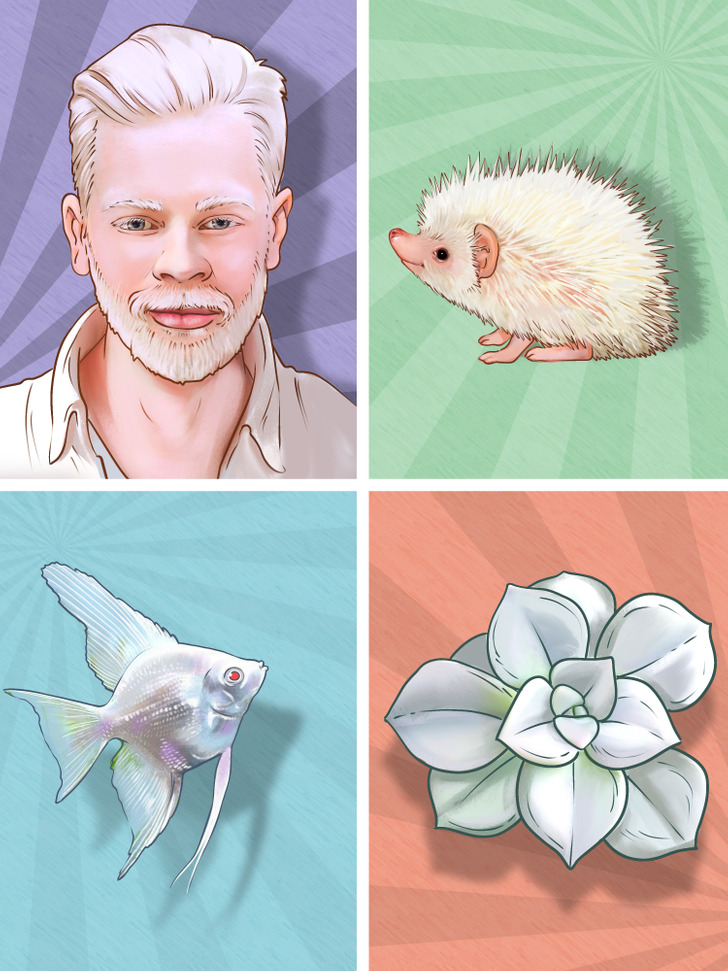
Albinism is an innate absence of melanin in an animal, plant, or person, which leads to the appearance of white hair, feathers, scales, or skin, and also pink eyes in mammals, birds, reptiles, and fish. In medicine, albinism is a rare genetic trait when the production of melanin is either minimal or equals zero.
Melanin is a chemical in your body that determines the color of your skin, hair, and eyes. This is why most people with albinism have very light skin, eyes, and hair, which makes them prone to getting sunburned.
Albinism can affect people of any ethnic group. For example, in the US, about one in every 18,000 to 20,000 people has some type of albinism. In other parts of the world, the ratio is one in every 3,000 people.
The cause of albinism in mammals
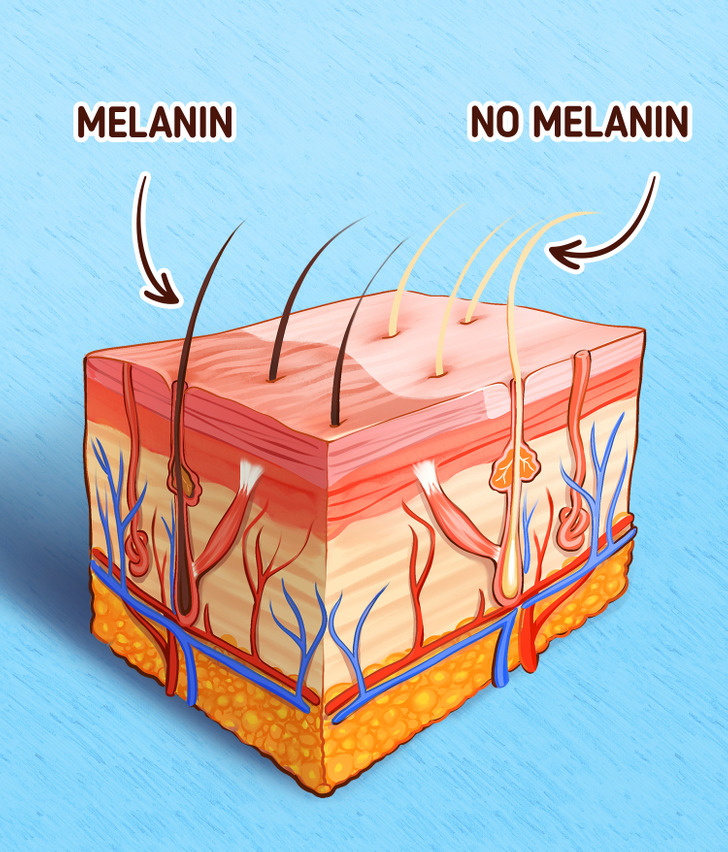
Melanin is an organic pigment that provides most of the color in mammals, including humans. The production of melanin occurs in melanocytes in a complex process involving the enzyme tyrosinase. Mammals have the TYR gene that codes the presence of tyrosinase in the cells. If it’s changed or damaged, the body can’t produce melanin and the mammal becomes an albino.
Aside from the TYR gene, other genes can cause albinism. This is because other hormones and enzymes are necessary to produce melanin. And their presence is determined genetically. For example, mice have 100 genes that might lead to albinism.
All the genetic traits for albinism are recessive traits. It means that for albinism to appear, the offspring has to inherit the recessive gene from both parents. For example, if the gene of oculocutaneous (the most common type) albinism is found in only 1 parent, the child won’t have this trait, but there’s a 50% chance, that the child will have the gene.
Types of albinism in people
In humans, there are 2 types of albinism with different levels of pigmentation:
- Oculocutaneous albinism is the most common type of albinism. People have very light hair, skin, and eyes.
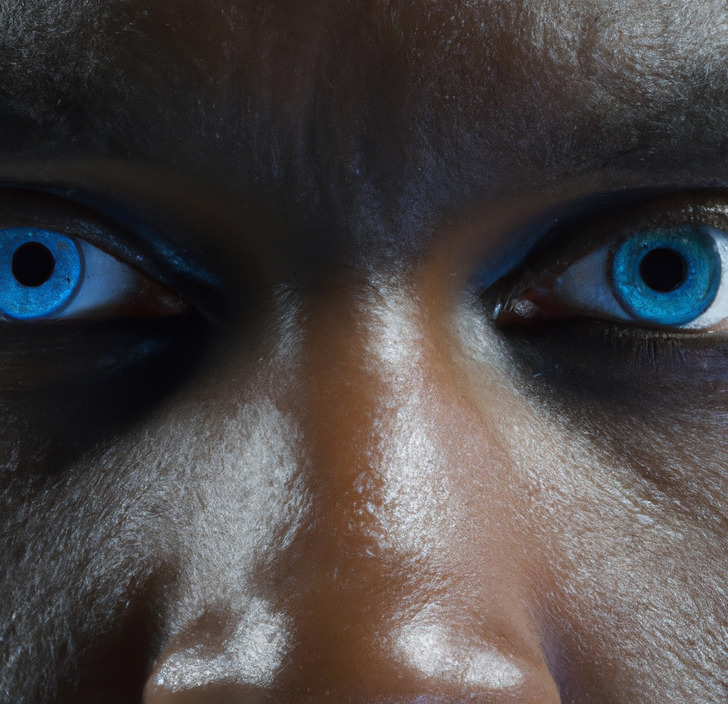
- Ocular albinism affects only the eyes. They are usually blue but the irises are very light, which is why the eyes look red or pink. It’s because the blood vessels inside the eyes are visible through the iris. At the same time, skin and eye color are typical in people with ocular albinism.
What to watch out for
